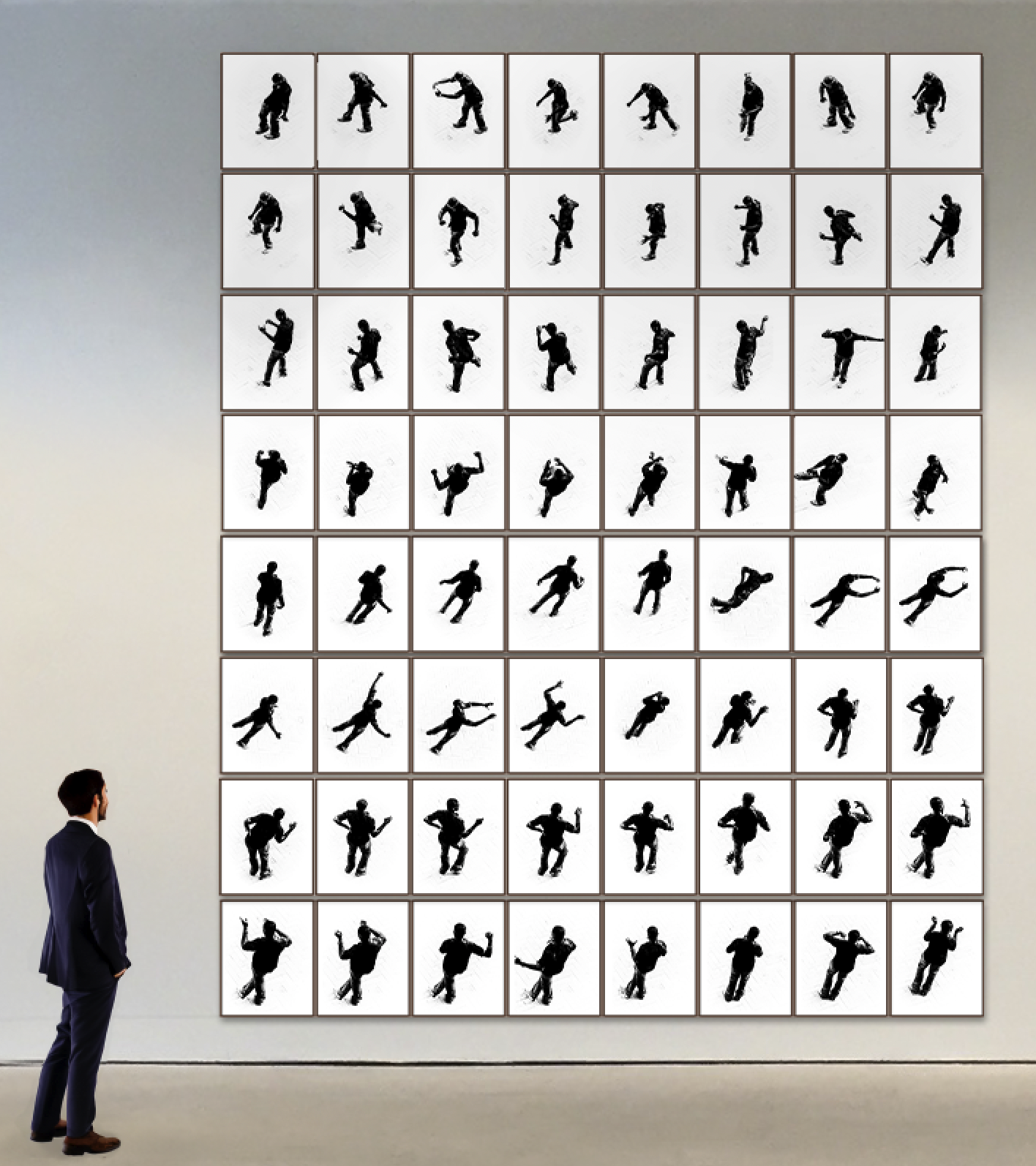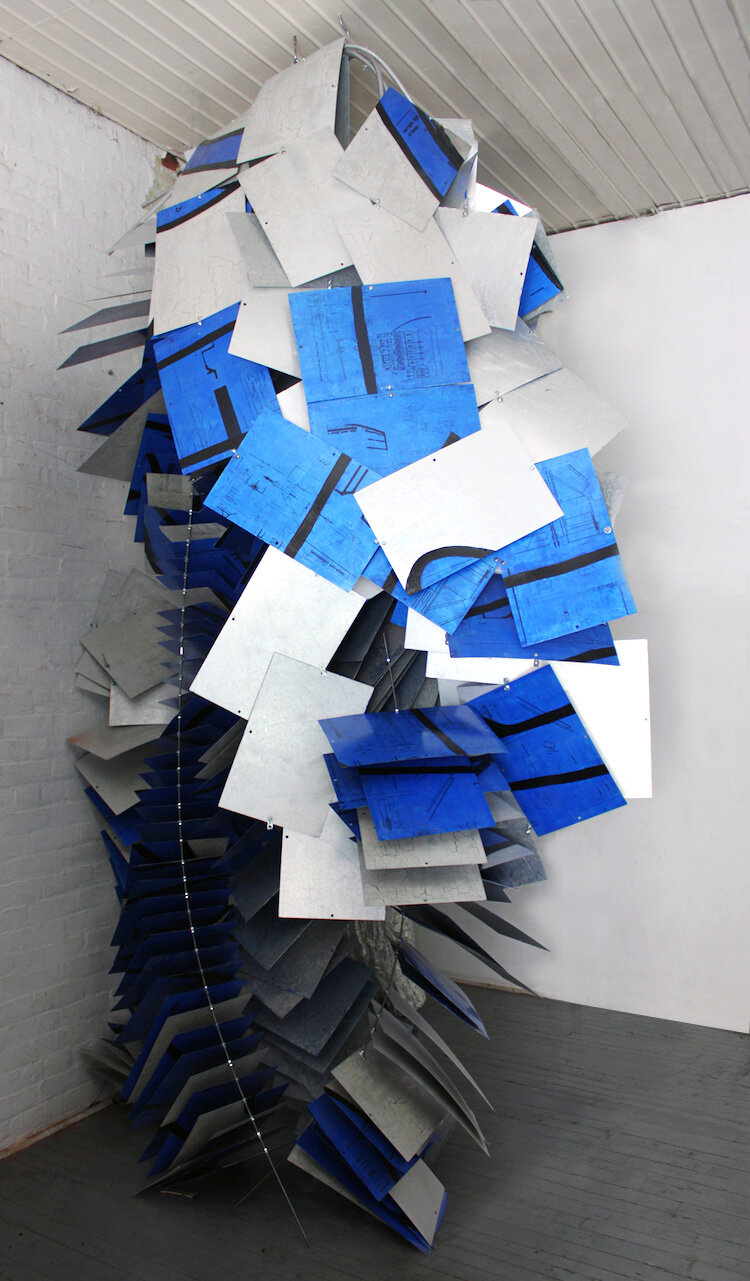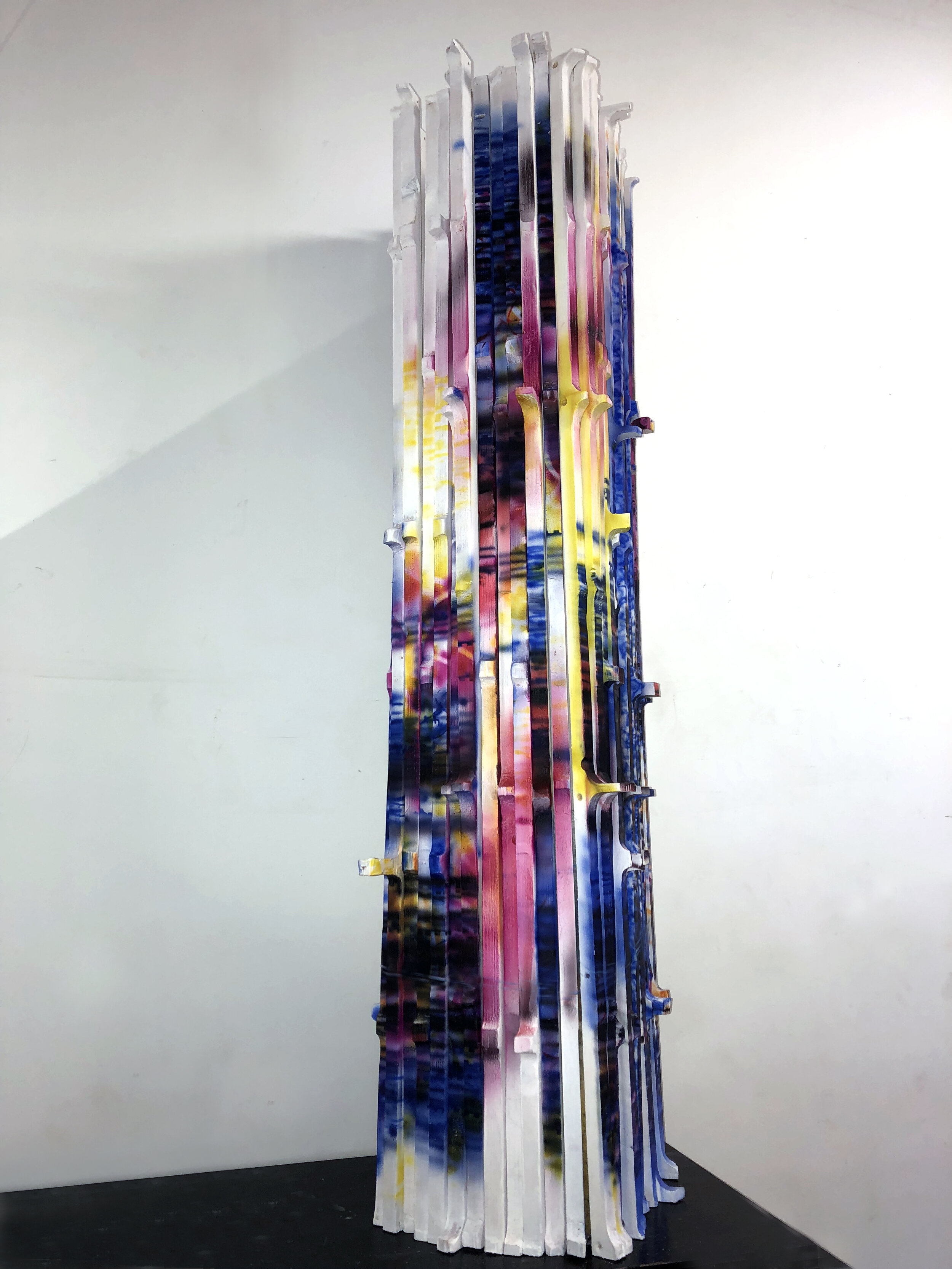Spencer Magazine (Matthew Modine cover) did a 25+ profile on the Weatherworks land art, The Window photo series, the CRISPR paintings, and recombinant sculptures and installations of K.I.A. (Click the link to order the digital or hardcopy versions.)
The volumetric CRISPR painting series (various sizes), “genetically modified” works
The Window, a 24/7/365 durational photo series of unstaged ephemeral photos, interlinked sets of narratives nested in a single portrait of the times (covering the humanity, hilarity, precocity, vanity of the 21st century through race, religion, wealth, fashion, technology, love, hate, and fights and fires…) Read about them at the K.I.A. Substack HERE
More at at Spencer Magazine HERE (hardcover coffee-table editions available too)













































